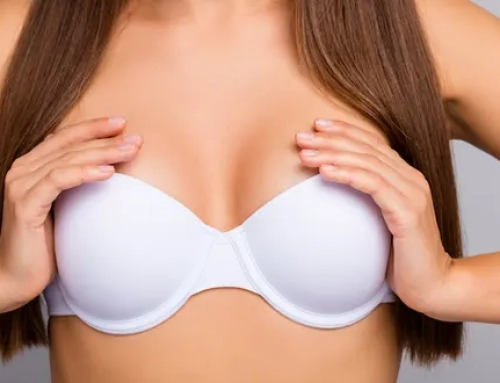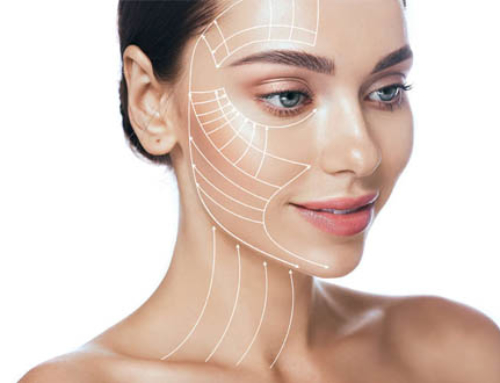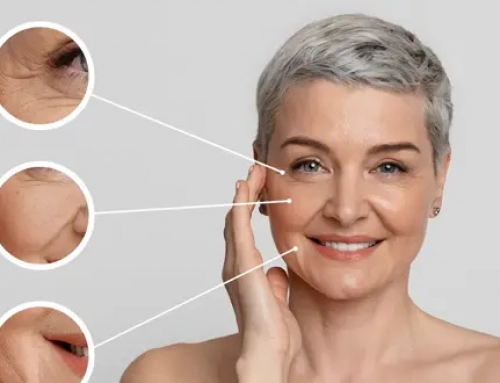Cosmetic surgery of the nose, or rhinoplasty, is one the most common procedure in this field. It aims at improving the overall appearance of the face or at treating breathing difficulties caused by the shape of the nose.

Nose defects targeted by rhinoplasty
What rhinoplasty can treat
Cosmetic surgery of the nose can tackle aesthetic as well as functional issues.
Nasal tip
The nasal tip can have a unsightly appearance, since birth or following trauma. Rhinoplasty can target the nasal tip, altering the cartilaginous structure as well as the skin of the nose to offer a harmonious, natural and symmetrical result.
Nasal width
Some patients feel that their nose is too wide. This inherited characteristic of the nose is the reason motivating a lot of patient to request rhinoplasty. In this case, the procedure often aims at reshaping the bridge, the tip and nostrils, but also at working on the skin.
Nasal septum
The septum can either be naturally deviated or crooked following facial trauma. Besides causing an unpleasing appearance of the nose in certain cases, a septum deviation can cause constant breathing difficulties as well as snoring during sleep. In septum deviation cases, rhinoplasty can have both functional and aesthetic goals.
Nasal humps
The nasal hump results from a slight outgrowth that distorts the ridge, which can have a negative impact on the appearance of the nose. In this case, rhinoplasty can remove excess bony tissues on the ridge to fix the issue. Rhinoplasty is designed for patients feeling that their nose is not balanced with the rest of their face.





